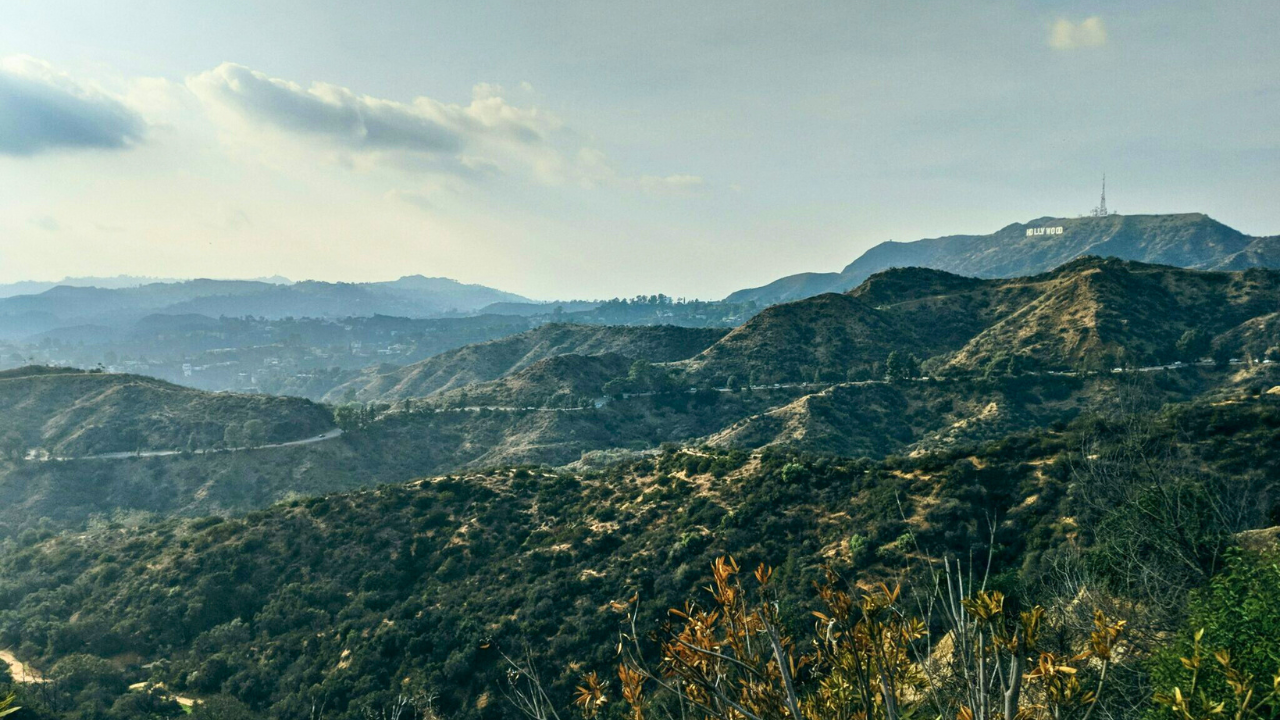
Prioritizing equity helps ensure poor communities receive benefits of bond measures
In a new paper, UCLA researcher Jon Christensen investigated how it prioritized investments in disadvantaged communities. Christensen wanted to know if Prop. 1 was living up to its goals. We…
In 2014, California voters approved Proposition 1, which set bold goals to fund water quality, supply and infrastructure improvements.
In a new paper, UCLA researcher Jon Christensen investigated how it prioritized investments in disadvantaged communities. Christensen wanted to know if Prop. 1 was living up to its goals. We spoke with him about the study and how its findings can inform future environmental funding.
What was the motivation to study Prop. 1 spending half way through implementation?
Equity is increasingly an important part of environmental funding in California. It’s being written into policy. We want to understand the next step, which is implementing those policies and actually getting projects where they’re needed in communities that have not historically benefitted from these investments. So we looked at Prop. 1 — a $7.5 billion bond — when it was midway through implementation and asked: “How is it going? What’s working? What’s not working? Are there improvements to be made looking forward to potential future bonds?”
What did your research find?
We found some good news. When a funding measure prioritizes disadvantaged communities, earmarks funding for them, and sets guidelines to make sure projects go where they’re intended — it works. In every case where there was a specific funding target set, that target is being exceeded by the current trends in spending. And these projects improve water systems in communities that have historically not benefitted from these kinds of investments.
The other thing that we found was that technical assistance — providing funding for disadvantaged communities that lack civic infrastructure — is paying dividends. These places typically lack funding and staff for things such as planning, public engagement and engineering to compete on a level playing field with wealthy communities like Santa Monica, and communities like it, that have large planning staffs that can put together a proposal to apply for this kind of funding. Smaller communities or cities might have one person whose job it is to put together plans and proposals — or maybe none at all.
How can California learn from Prop. 1 and think about future funding measures?
The lessons we’ve learned from Prop. 84 (which didn’t distribute projects fairly) and Prop. 1 should be incorporated in future funding measures. Right now, there are several proposals being discussed in Sacramento for an environmental bond to be voted on in 2020. To varying degrees, they reflect some of these lessons. We also make a recommendation that the state should convene an expert committee or task force to think through what are the ways we can measure whether very large investments that are benefitting tens of thousands or hundreds of thousands of people through water system improvements that benefit very diverse communities are benefitting disadvantaged communities and households.
What has this proposition meant on the ground for disadvantaged communities in California?
The human right to water: safe, clean, reliable, accessible drinking water is the law in California. But there are currently 1 million Californians who don’t have regular access to clean, safe, reliable drinking water. Prop. 1 funding is enabling 155 projects serving disadvantaged communities to be built to improve access to safe, clean, affordable drinking water. It’s enabling 86 projects serving disadvantaged communities to build and improve waste water treatment projects.
What it means on the ground is that in some small communities were people have had to buy bottled water if they can afford it — they can now turn on the tap and drink the water and use it to cook dinner for their families.
How will this study inform your future research?
This is a major focus of my own research: equity in environmental funding in California. We will be continuing to track the implementation of Prop. 1. Another big environmental bond measure passed in the meantime, Prop. 68, and is just beginning to be implemented. We’re also looking closely at the proposals for a bond measure in 2020. And we’re beginning research on L.A. County’s Measure A, a parcel tax that funds around $90 million a year for parks.
California and L.A. are on the front lines of ensuring that equity is built into environmental policies and funding. The key is how everything is implemented and what we learn during that process. There’s a lot to learn here for California, the nation and the world, as we invest billions in water, parks, green infrastructure and climate resilience.
__
Photo caption: Leonicio Ramirez and Guillermina Avila were the first residents of East Porterville, CA, to receive water through a new connection to the city of Porterville funded by Prop 1.
Photo by Florence Low, California Department of Water Resources.




